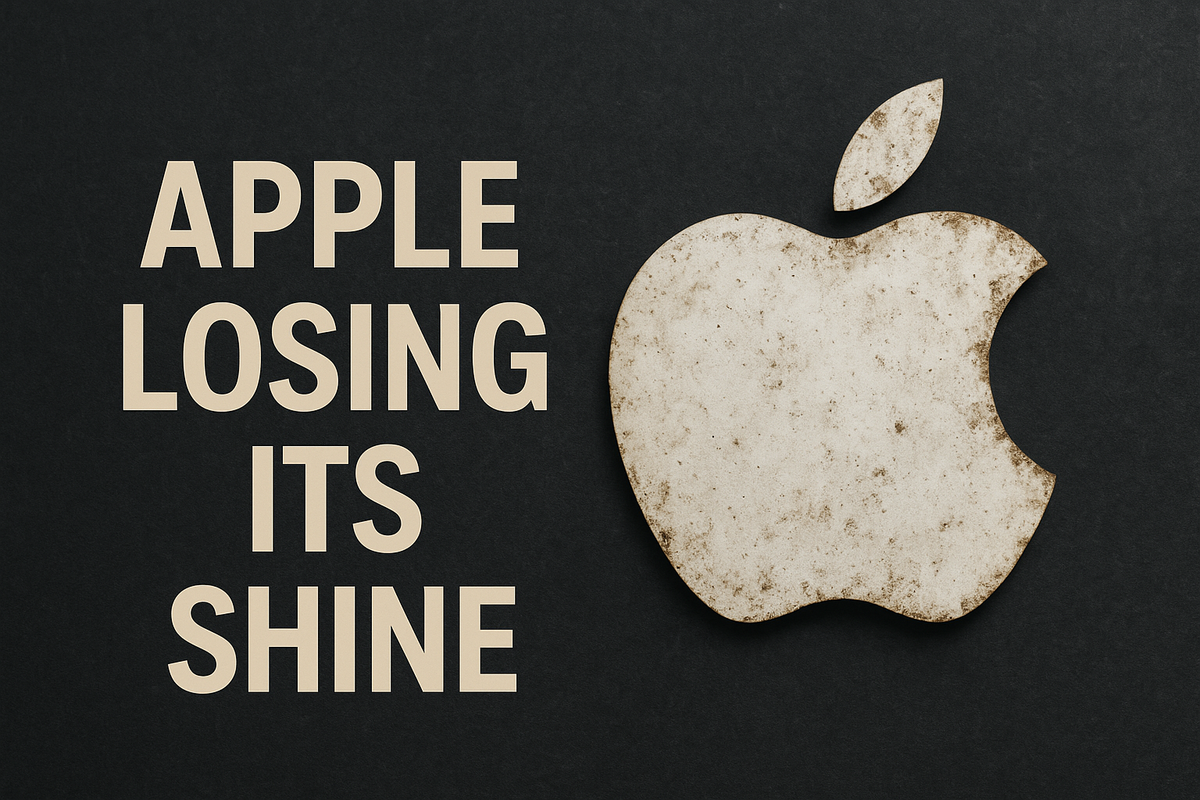Why iPhones Aren’t Coming Home: The Harsh Truth About Making Apple Products in the U.S.

In recent weeks, former President Donald Trump has reignited one of his favorite trade war talking points: forcing companies like Apple to build their flagship products — like the iPhone — on American soil. But according to experts, analysts, and even former Apple engineers, the idea that iPhones could be made in the U.S. is not just impractical — it’s virtually impossible.
Despite flashy rhetoric and political pressure, the truth is that moving iPhone production to the U.S. would demand a complete reinvention of America's industrial base, cost hundreds of billions of dollars, and still fall short of what China already delivers.
Let’s break down why this dream doesn’t hold up — and why Apple isn’t packing its tools for Texas anytime soon.
🧰 The Skills Gap: America’s Missing Workforce
Apple CEO Tim Cook said it best nearly a decade ago:
“You can take every tool and die maker in the United States and probably put them in a room that we’re currently sitting in. In China, you would have to have multiple football fields.”
In short, the U.S. doesn’t have enough skilled workers to support iPhone-scale production. China, on the other hand, has spent decades cultivating a vast workforce trained in precision manufacturing, electronics assembly, and supply chain logistics.
According to former Apple manufacturing engineer Matthew Moore, the scale of Apple’s Chinese workforce is staggering:
“There are millions of people employed by the Apple supply chain in China. What city in America is going to put everything down and build only iPhones?”
💸 The Cost Factor: Want a $3,500 iPhone?
Analyst Dan Ives of Wedbush Securities estimates it would cost $30 billion and take three years just to move 10% of Apple’s supply chain to the U.S. — and that’s assuming Apple could find the labor and build the facilities.
The result? A massive spike in iPhone prices.
“If consumers want a $3,500 iPhone, we should make them in New Jersey or Texas or another state,” Ives says.
That price tag isn’t just sticker shock — it’s a reflection of the U.S. labor market, real estate, regulatory hurdles, and fragmented logistics infrastructure compared to China’s hyper-optimized manufacturing hubs.

🏗️ The Supply Chain: More Than Just Assembly
Even if Apple somehow trained an American workforce and built massive factories, it still wouldn’t solve the biggest problem: Apple’s global supply chain includes thousands of specialized companies concentrated in Asia.
From camera modules to lithium-ion batteries to micro-engraved components, the iPhone is the product of a deep ecosystem of suppliers, engineers, and just-in-time logistics that doesn’t exist — and likely can’t be replicated — in the U.S.
“The U.S. economy is not set up to assemble mobile phones,” one analyst told The Guardian. “It doesn’t have the facilities or the flexible labor.”
🇺🇸 Made in America? Only Technically
Apple has experimented with “final screw” assembly in places like Brazil — where nearly complete iPhones are shipped in and only the last few steps are performed locally. That allows Apple to meet local production quotas or avoid certain tariffs, but it’s more of a legal workaround than meaningful reshoring.
So while Apple could technically assemble iPhones in the U.S. — maybe screwing on a backplate or packaging them — this wouldn’t change the fact that nearly every component would still be imported, and taxed under new tariffs.
⚙️ Manufacturing the Wrong Debate?
The bigger question might not be whether Apple can assemble iPhones in America — but whether the U.S. should even focus on that.
As one commenter on the story put it:
“The USA shouldn’t be worried about assembling iPhones in America. They should be worried about creating a supply chain and trained engineers for the next generation of weapons, hospitals, and AI systems.”
If the U.S. wants to future-proof its economy, it might be wiser to invest in next-gen sectors like semiconductor fabrication, biotech, and clean energy, rather than trying to recreate a 20th-century assembly line economy.
🧠 Final Thought: The iPhone Isn’t Coming Home — And That’s Okay
The idea of making iPhones in America is emotionally appealing. It speaks to nostalgia, economic nationalism, and the desire for technological independence. But the logistics, economics, and global realities make it little more than a campaign soundbite.
Whether you're holding a $999 iPhone or a dream of American-made tech, it pays to remember: some things are designed in California — but built where the world is ready.
💬 What Do You Think?
- Should the U.S. try to rebuild its manufacturing base to make iPhones?
- Is it more important to focus on future industries like AI and semiconductors?
- Would you pay $3,500 for a made-in-America iPhone?
Let us know on X (Former Twitter)
Sources: Andrew Hodge. Why iPhones Cannot Be Made in the US, 9to5Mac, April 14, 2025. https://9to5mac.com/2025/04/14/former-apple-engineer-on-why-iphones-cannot-be-made-in-the-us/










